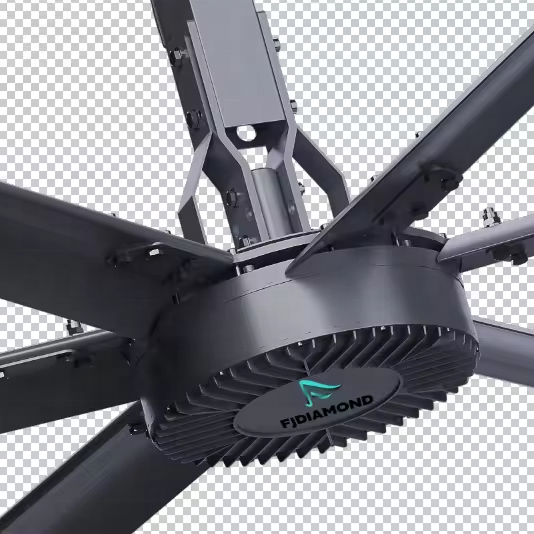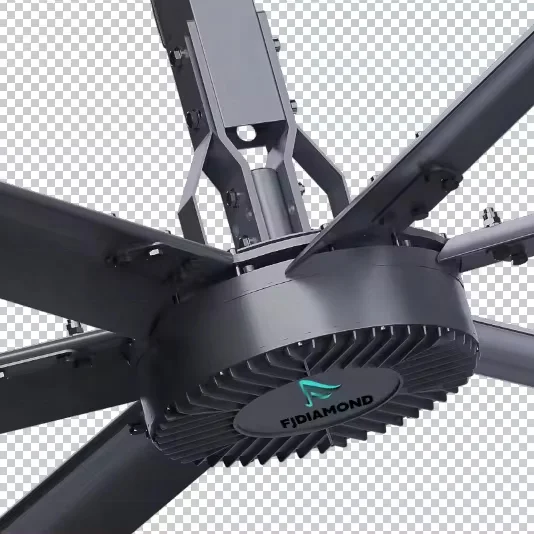HVLS (High Volume, Low Speed) fans has emerged as a crucial technology for enhancing the energy efficiency of large buildings. These type of fans are built to move a lot of air, but do so ever slowly providing huge benefits over simply cooling the air. But why are HVLS fans so proficient at saving energy in commercial spaces?

The Science of HVLS Fan Efficiency
HVLS fans by FJDIAMOND work so well because of a unique design approach to both aerodynamics and human comfort. Unlike conventional high-speed fans, which cause turbulent air and uneven cooling patterns, 8 HVLS fan produce a constant column of the air that reaches each corner of any room. This airflow creates the feeling of "evaporative cooling," which occurs when sweat on our skin evaporates and causes not a huge drop to your room temperature. Moreover, due to the low speed operation of fan blades, it uses minimal power which leads high energy savings.
How HVLS Fans Can Help To Control Climate In Large Buildings sustainably
From a green perspective, HVLS fans definitely outshine classic types of HVAC. These fans complement your current heating and cooling systems enabling them to work at lower energy levels. In the summer, 16 HVLS fan improve air conditioning efficiency by providing a breeze chill effect letting you set your thermostat up without sacrificing comfort. During the cooler seasons, they help Destratify which is to say that it mixes warm air located near your ceiling with cool air near your floor so you can stay comfortable without needing higher central heating temperatures. Given that it fulfills two functions at the same time, this is important when trying to reduce overall energy consumption and carbon emissions.
How HVLS Fans Can Save You Power
HVLS fans save energy in lots of ways For one, they can be networked with building automation systems so fans operate intelligently based on factors like occupancy or time of day and outdoor weather conditions. This smart control reduces unnecessary energy consumption. Second, the huge size of these devices helps them to reach further areas and also will certainly change hundreds or even thousands of smaller sized followers as well as lower your regular prices. Finally, HVLS fans are highly durable and maintenance-free while continuing to save energy for a positive ROI.
Examples of HVLS Fans Used in Practice Showing High Energy Efficiency
So the proof, as they say is in the pudding and real-world applications make a great case for putting 14 HVLS fan to work. This includes 26% lower cooling expenses (as in the case of a Texas warehouse, which experienced this gain during sweaty summertime), while they also enabled turning up thermostat temperatures by as much as 3°F. In California, an office complex also saw a 15% savings in heating costs during winters as heat was equally distributed throughout the building. Putting that together with my amateur math skills gives us the ability to see some real numbers on what a HVLS fan can mean for your structure, just from an environmental perspective and ROI.
The Role of HVLS Fans in Green Building Certification
It has to prove its commitment to sustainability, in achieving Leadership in Energy and Environmental Design (LEED) Certification criteria - especially as it pertains energy efficiency. The other feature of HVLS fans is that they directly help in getting points with the "Optimized Energy Performance" (section 2.1) and "Indoor Environmental Quality" (section 3). This complements the energy demand of buildings in general, while meeting both comfort conditions for humans and good air quality indoors... All this fits perfectly into basic points required by LEED. In addition, commercial enterprises and consumers alike with a green building agenda as well long term sustainability goals are realizing the benefits of including HVLS fans into their design infrastructure.

 EN
EN
 AR
AR
 NL
NL
 FR
FR
 DE
DE
 EL
EL
 HI
HI
 IT
IT
 JA
JA
 KO
KO
 PT
PT
 RU
RU
 ES
ES
 TL
TL
 IW
IW
 ID
ID
 VI
VI
 SQ
SQ
 ET
ET
 HU
HU
 TH
TH
 TR
TR
 FA
FA
 AF
AF
 MS
MS
 BE
BE
 HY
HY
 AZ
AZ
 BN
BN
 LO
LO
 LA
LA
 MN
MN
 NE
NE
 MY
MY
 KK
KK
 TG
TG
 UZ
UZ
 KY
KY
 XH
XH

